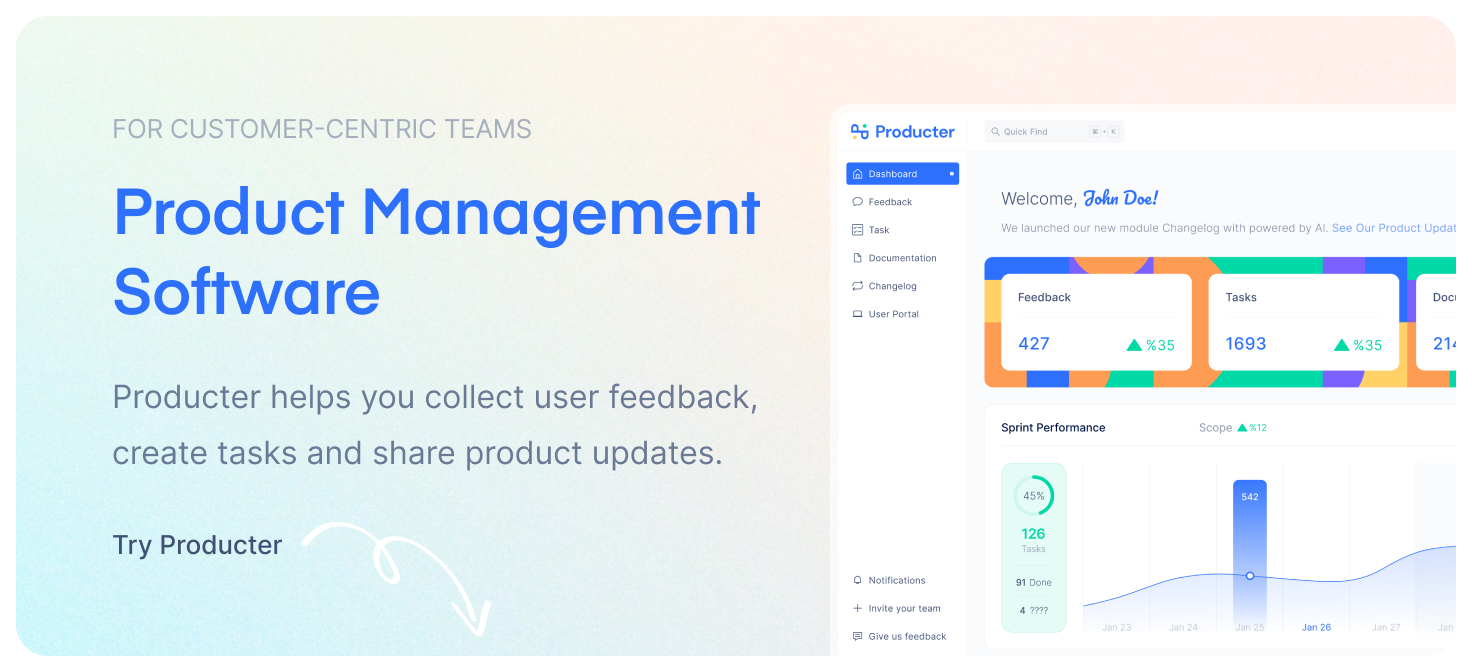As a product manager, your primary focus is to build and deliver products that meet the needs of your customers.
Changelogs can be a powerful tool in achieving this goal by keeping your team aligned on progress, communicating with early adopters, demonstrating your company's culture and execution, and even attracting investors and new hires.
One of the first steps in writing changelogs is to establish a regular cadence, such as weekly or bi-weekly updates.
This helps build momentum and ensures that progress is being made on a consistent basis.

When establishing a frequency, it's important to consider the needs of your audience and the frequency at which they want to be updated. For example, if you have a highly technical audience, they may prefer more frequent updates on specific features or technical changes.
As a product manager, you are responsible for ensuring that your team is working on the most valuable features and improvements.
Changelogs can help you prioritize and focus on the most important changes.
When writing changelogs, be sure to feature the most significant updates and changes, while also including any smaller fixes or improvements that contribute to a better user experience. This helps ensure that users are aware of the most impactful changes while also demonstrating your team's commitment to continuous improvement.
In addition to communicating with your users, changelogs can also be a valuable tool in attracting new hires and investors. By showcasing your team's progress and execution, you can demonstrate that your company is a great place to work and invest in.
When writing changelogs, highlight the impact of each update and how it contributes to the overall product vision. This helps create a narrative around your product and can help investors and potential hires understand your company's value.
As a product manager, you also have a responsibility to ensure that your team is working on the right things. Changelogs can help you track progress and identify any areas where your team may be struggling or falling behind.

If you notice that progress is slow or there aren't any significant updates to share, it's important to understand why and address any issues that may be preventing progress. This can help you identify areas for improvement and keep your team aligned on the most important priorities.
When writing changelogs, it's important to keep your audience in mind. Depending on your audience, you may need to adjust your voice and the level of technical detail you provide.
For example, if your audience consists of technical users, they may prefer more technical information about the changes you've made. On the other hand, if your audience is more general, you may need to focus on the user impact of each change and provide more context around why the change was made.
Overall, changelogs can be a powerful tool in building and delivering products that meet the needs of your customers.
As a product manager, it's important to establish a regular cadence, focus on the most impactful changes, keep your audience in mind, use changelogs to communicate with your users, attract new hires and investors, and keep your team aligned.
Producter is a product management tool designed to become customer-driven.
It helps you collect feedback, manage tasks, sharing product updates, creating product docs, and tracking roadmap.






